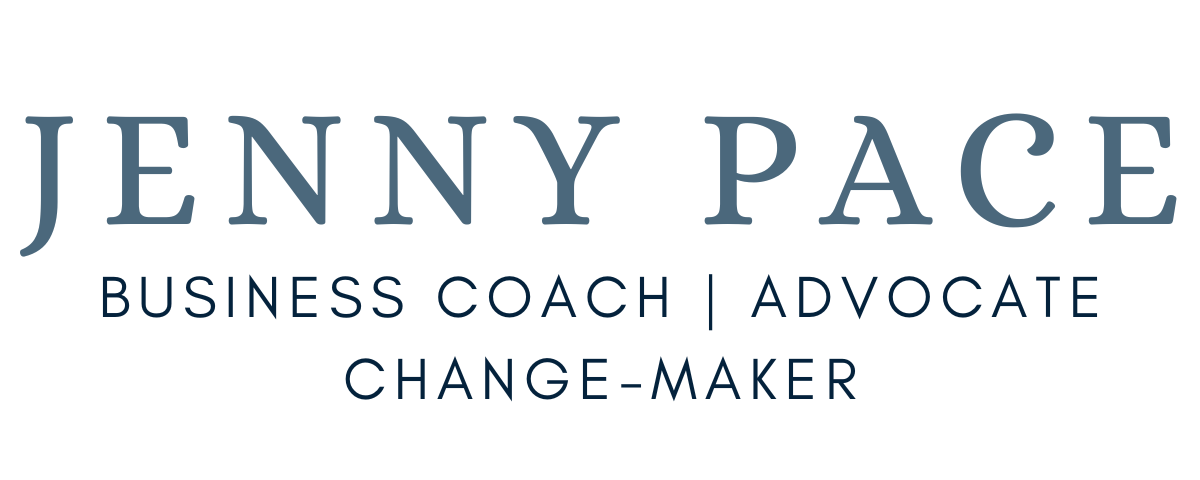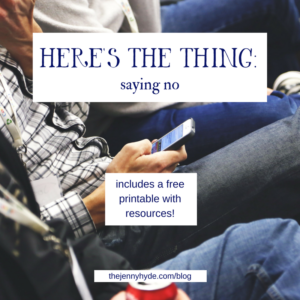In general, in my coaching practice (and life), I tend not to blanket things as “right” and “wrong”. Things can only be right or wrong for you in this moment, and even the wrong things can turn out to be right.
So I guess what I’m trying to tell you is that I wrote the title of this blog post out of succinctness rather than accuracy! Here’s the long version:
We tend to focus first on a question that doesn’t often serve us
Catchy, hey?
Editing issues aside, you probably want to know the question. To be honest, I don’t think you’re going to like it. Not at first, at least.
Here it is: The question that needs to wait is, “What should I do?”
I spend a lot of time helping business owners and clever, creative humans to prioritise their to do list, make action plans, and even write business plans.
The value I add, the place we spend our time, the process is not, in fact, writing the list.
It’s easy to write a list. It’s easy to find 10 things to do. I bet you have 10 things you think you should be doing right now.
The value and the wisdom and the secret key to success is asking a whole load of questions (and maybe getting some answers) BEFORE you ask what you should do.
Questions like:
- What am I really hoping to achieve?
- How do I want to feel?
- What’s the most important thing for me right now?
(More of my favourite questions are available for free right here.)
The more you can understand the problem you’re trying to solve, the business you’re trying to create, and the world you’re trying to influence, the easier it is to write a meaningful, prioritised to do list.
So, when you’re looking at your list, when you’re wondering what to do, rather than panicking or rushing, try taking a breath.
Remember what matters most to you.
Remember that you’re capable and clever and creative.
Remember that going fast in the wrong direction isn’t that helpful.
Remember what your direction looks and feels like.
Then ask that pesky question.
***
Again, my 20 favourite coaching questions are available for free right here.
And my Progress not Perfection group has a prioritising group call on Monday at 12pm. You can join on a pay-what-you-can basis.



